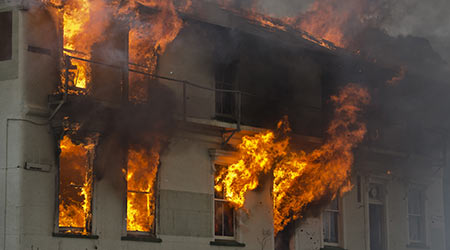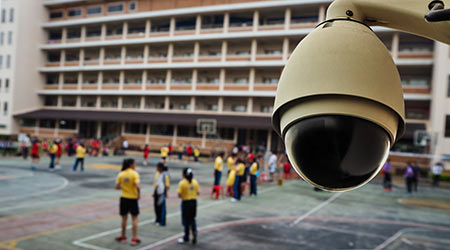
Facilities and Fire: The Road to Recovery
April 26, 2018
The public tends to view fires in institutional and commercial facilities as one-time events that occur and are over quickly. Facility managers know differently. Those whose facilities have been hit by fire know that the fire is just the beginning of a long process of repair and recovery, both for the building itself and for the occupants and visitors who must cope with the damage and recovery.
Managers in Sonoma County, Calif., know this all too well after a wildfire in October 2017 devastated the area and many of its structures.
Read: The FM role in fire safety
Piner High School shows none of the scars of the inferno that killed 24 people in Sonoma County and caused more than $7 billion in property damage. But walk into a classroom, and you’ll find students and teachers still trying to recover. Inside these school walls are students, teachers and staff who lost their homes and others still traumatized by a night of fire that caused roughly 25,000 to evacuate.
California’s 2017 fire season set all kinds of records, but no county was more devastated than Sonoma. Some 5,200 homes burned, and at least six public and private schools were destroyed or heavily damaged. Public schools took three weeks to restart, and some were shuttered for months because the surrounding neighborhoods were toxic ash fields.
Read: A comprehensive guide to fire safety in data centers
Classes now are back to normal, but the number of students has declined. Daily attendance in the county’s 40 school districts has dropped by about 600 students, according to Steven Herrington, superintendent of the Sonoma County office of education. If those numbers hold or if the number of students dwindles further, the schools stand to lose more than $8 million in annual funding, since California school districts are financed based on their attendance. Herrington and other education leaders are urging California lawmakers to enact legislation that will hold funding steady until affected school systems can recover. Otherwise, districts might be forced to lay off teachers and staff.
Thanks to the efforts of firefighters, the vast majority of Sonoma’s 183 schools escaped serious damage. But nearly all of them were forced to close for three weeks. During that time, contractors were brought in to clean and treat the schools for smoke contamination. In the Santa Rosa School District — the county’s largest — fire remediation cost the district $3 million.
This Quick Read was submitted by Dan Hounsell — dan.hounsell@tradepressmedia.com — editor-in-chief of Facility Maintenance Decisions, and chief editor of Facilitiesnet.com.
Next
Read next on FacilitiesNet












